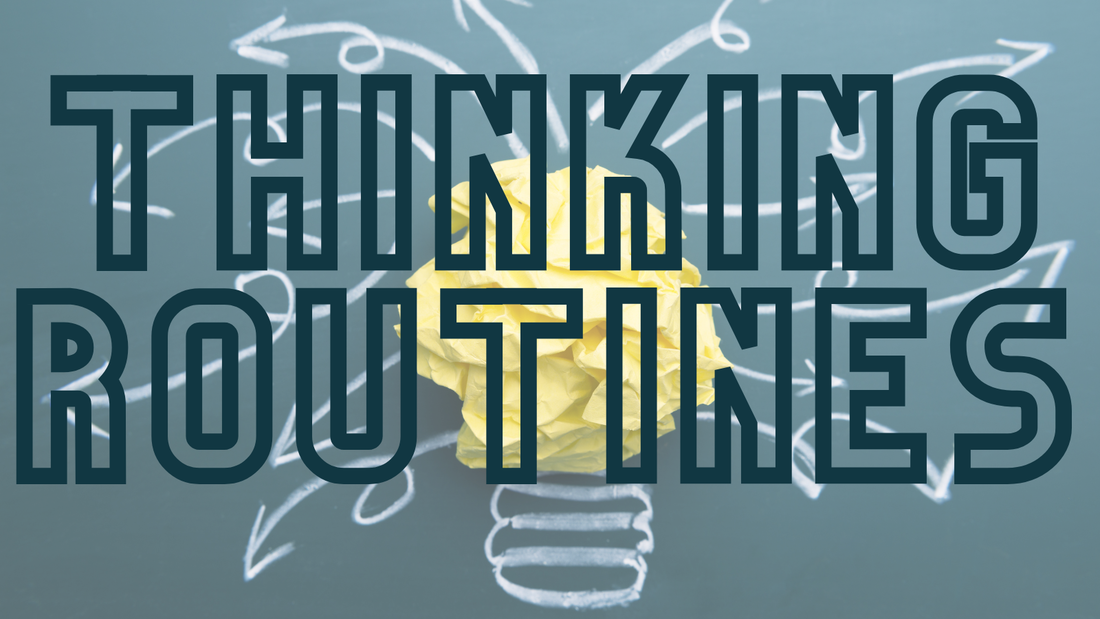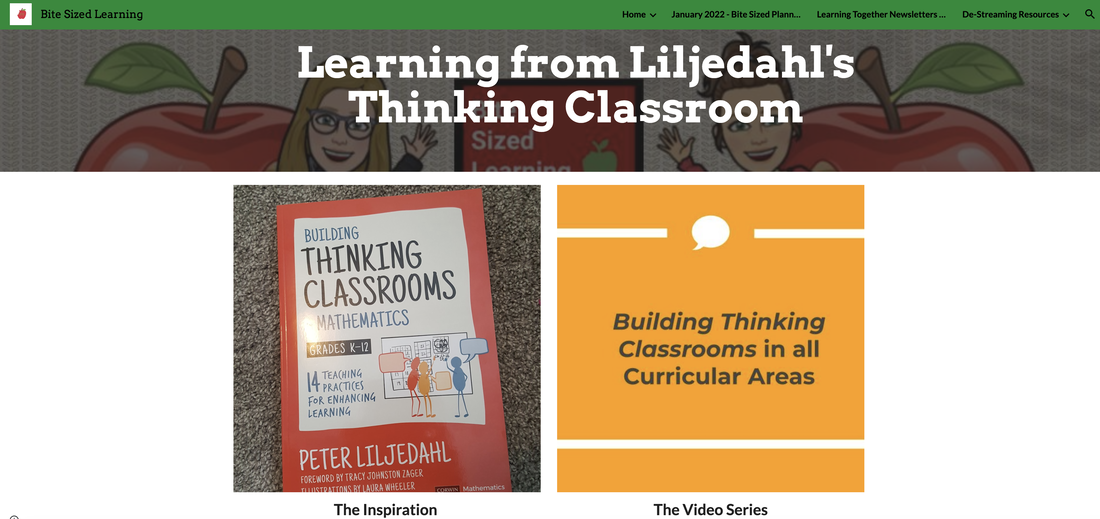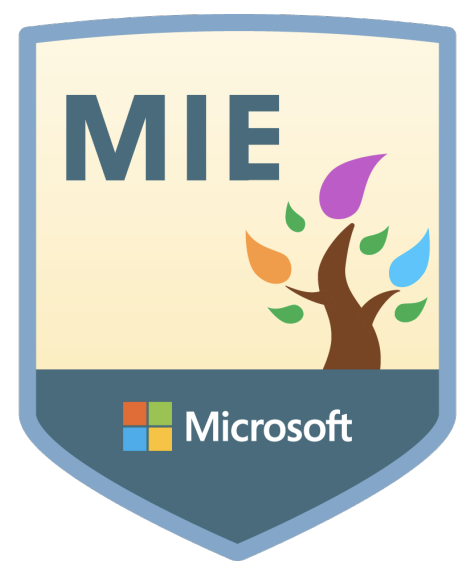Understanding Thinking Routines
Thinking routines are systematic procedures that guide students through the process of thinking about and engaging with new information. They are designed to be used repeatedly, helping students develop a habit of thoughtful consideration and deep processing.
Steps to Teach Thinking Routines
-
Choose the Right Routine: Select routines that align with your learning objectives. For example, use 'See-Think-Wonder' for introducing new topics or 'Think-Pair-Share' for encouraging discussion and peer learning.
- See-Think-Wonder and here in more detail. Video explanation.
- Model the Routine: Demonstrate how to use the routine. For instance, if using 'See-Think-Wonder', show students how to observe, reflect, and ask questions about a new concept or idea.
- Practice Regularly: Integrate thinking routines into daily lessons. Consistent practice helps students internalize the process and apply it independently.
- Encourage Reflection: After completing a routine, ask students to reflect on their learning process. This step reinforces the value of the routine and encourages metacognition.
- Adapt and Differentiate: Modify routines to suit diverse learners and varying content areas. Flexibility ensures that all students can engage meaningfully with the routine.
- Enhances Critical Thinking: Regular use of thinking routines helps develop students' analytical and evaluative skills.
- Promotes Engagement: These routines encourage active participation and deeper engagement with the material.
- Supports Collaboration: Many routines involve group work, fostering teamwork and communication skills.
Additional Resources










 RSS Feed
RSS Feed
